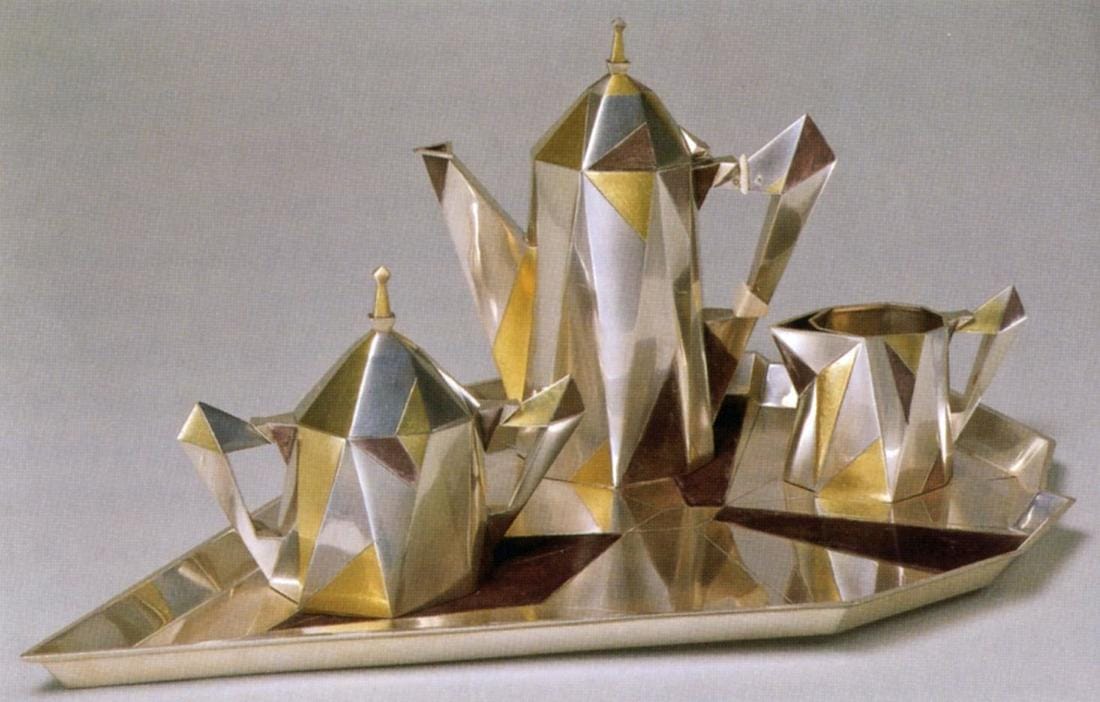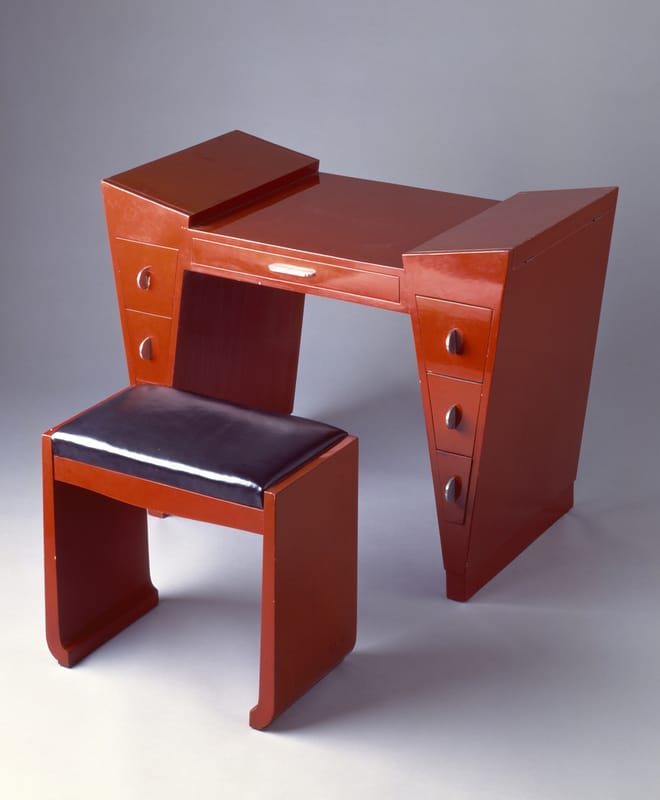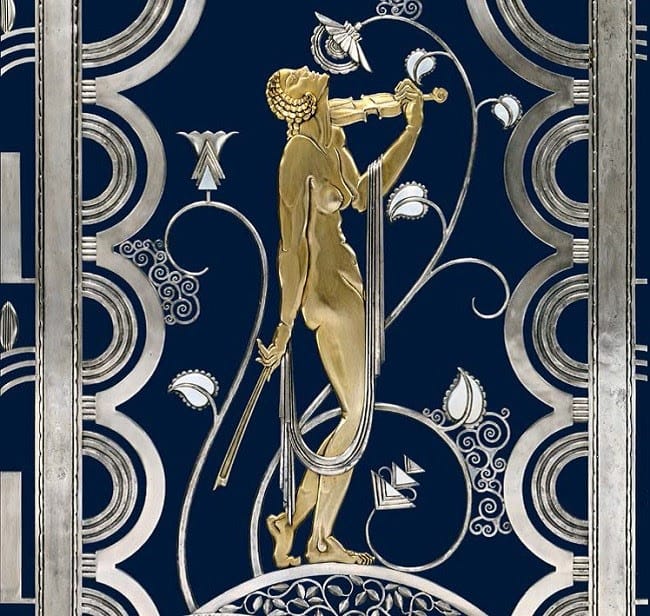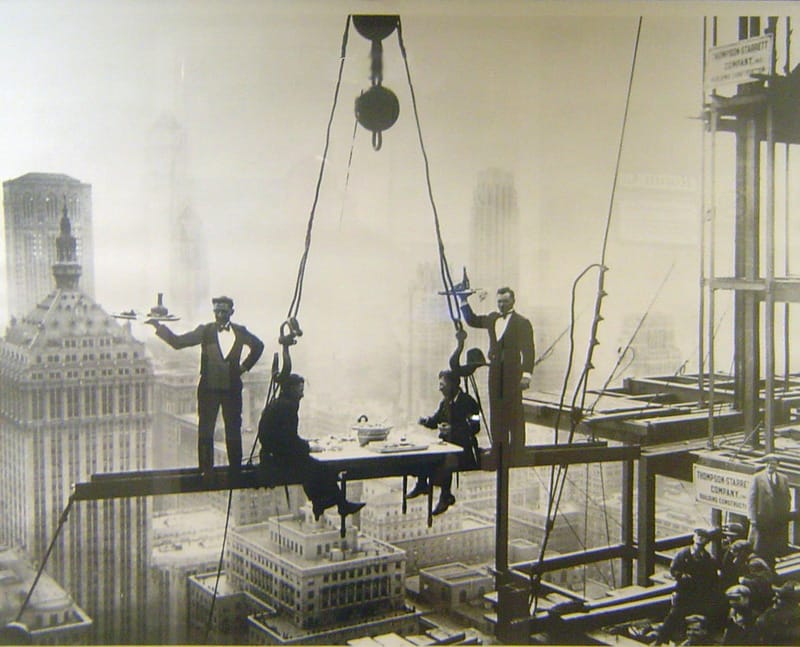As a design historian living in Manhattan, there is a great place for Jazz Age design in my heart, simply because this glamour and rather avant-garde chapter in the history of modern design, is a part of the DNA of this city, with a key presence in the experience of living here. Even today. The skyscrapers along Central Park West; Rockefeller Center and the interiors of Radio City Music Hall; the National Jazz Museum in Harlem; black satin purses in second-hand stores; so much in the galleries of the Met; the Waldorf Astoria. The sleek Jazz Age desig is a testimony to the American spirit of the period, when the county came to devise its own identity through original design, perhaps for the first time. I was thrilled to read that the Cooper Hewitt Smithsonian Design Museum will debut an exhibition, the first of its kind and scope, devoted to the American taste in the years leading to the Great Depression. While it is true that American designers did not have anything to do with modern design until visiting the Paris 1925 Exposition des arts décoratifs et industriels modernes, very quickly afterwards, and inspired by the glory of French Art Deco, they came to create what is known as Jazz-Age design, a truly American innovation, which emerged side by side with the new phenomenon of jazz music. One of the rare objects one will be able to see is the Eric Magnussen’s iconic “Cubic” coffee service which he did for Gorham, Lights and Shadows of Manhattan, which never went into projection (above).






